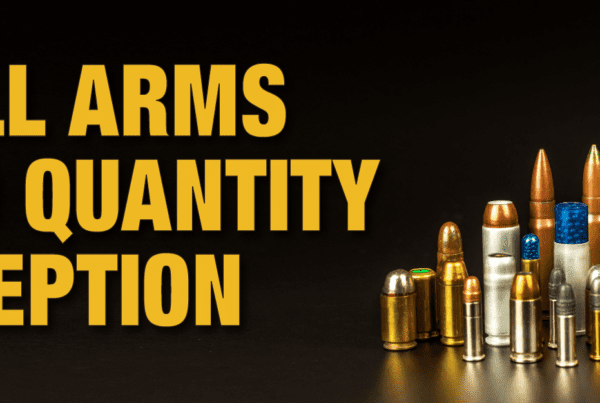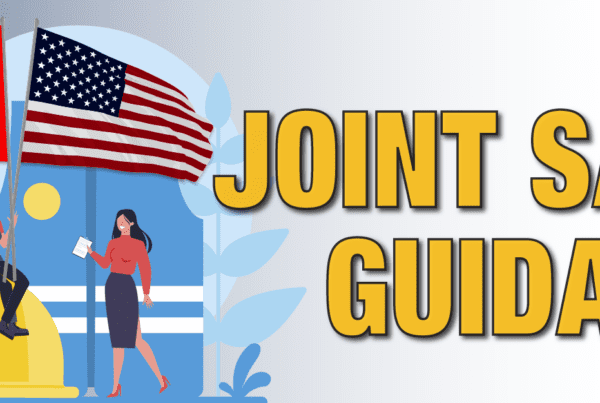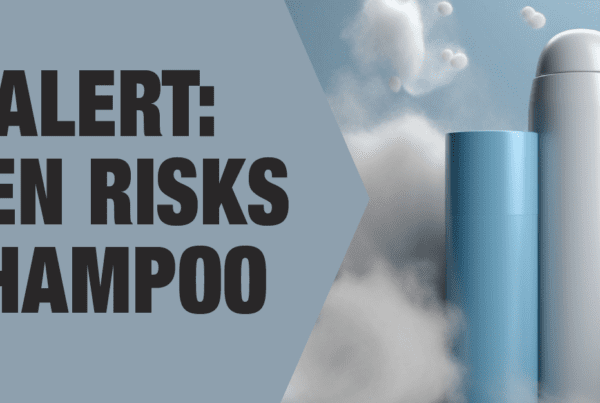 Major Amendment Announced to Canada’s Hazardous Products Regulations (WHMIS)
Major Amendment Announced to Canada’s Hazardous Products Regulations (WHMIS)
The Workplace Hazardous Materials Information System (WHMIS) has been a pretty stable hazard communication system, with surprisingly few tweaks since it was last overhauled in 2015. That update introduced Canadian workers and suppliers to the Globally Harmonized System for Classification and Labelling (GHS), which was intended to create a world-wide scheme for classifying hazardous chemical products, labeling them and providing Safety Data Sheets (SDSs). However, this system is based on a United Nations (UN) standard, the so-called “Purple Book,” which is updated every two years. The version created in WHMIS2015 was based on the fifth revised edition, while the UN is now on the ninth revised edition. In the United States, it’s even worse – the US Hazard Communication (HazCom) standard is based on the third edition of the “Purple Book.”
However, both Health Canada and the U.S. Health and Safety Administration (OSHA) have been working to improve the situation and help North American chemical suppliers approach a standard world-wide system. The two governments have tabled amendments to their systems that will update hazard communication for workplace chemicals to at least the seventh revised edition of the “Purple Book. “
Health Canada has made the first move on January 4, 2023. They published an amendment to the Hazardous Products Regulations, which directs suppliers of chemicals for classifying, labelling and providing SDSs for their products. (Note that workplace implementation by employers is primarily a provincial/territorial responsibility.) This amendment published in Canada Gazette Part II will give Canadian suppliers three years to update their hazard communication.
Health Canada says the amendment will achieve the following goals:
- align the Hazardous Products Regulations with the seventh revised edition of the GHS;
- adopt a new physical hazard class, Chemicals Under Pressure, from the eighth revised edition of the GHS;
- clarify, add precision to, or make changes to certain provisions;
- make corrections and amend certain provisions to better reflect their original intent; and
- make administrative updates to the Hazardous Products Regulations.
Classification Updates
What are some of the important changes to WHMIS under these amendments? First, let’s look at changes to classification, which will be most significant in the area of gases, particularly aerosols.
- Flammable Gases – Category 1 (extremely flammable gases) will be divided into subcategories 1A and 1B. Subcategory 1A would include pyrophoric gases (which were not addressed in the fifth edition of the “Purple Book” and were added to the Hazardous Products Regulations as a non-GHS class) as well as chemically unstable gases. Subcategory 1B would include flammable gases which are not pyrophoric or chemically unstable, but have a lower flammability hazard than those of Subcategory 1A.
- Aerosols were previously only classified as “Flammable Aerosols,” with categories for very flammable and less flammable. The amendment will add a third category and classification criteria for non-flammable aerosols.
- “Chemicals Under Pressure” (a distinct class separate from “Gases Under Pressure”) will be created. This, interestingly, is from the eight revised edition of the Purple Book, but was considered important enough to be added to the amendments referencing the seventh edition.
- Clarifications have been added to assist in classification and identification of substances that evolve toxic gases on contact with water, but are not otherwise toxic in their original dry condition.
- For Corrosives/Irritants to Skin and Serious Eye Damage/Irritant to Eyes substances classified based on ingredients without testing, the system will now authorize classification into subcategories based on the subcategories of the ingredients.
- An addition criterion was established for classification in Specific Target Organ Toxicity – Single Exposure, Category 3.
- Other classes will have minor updates to criteria to match UN standards, or to clarify areas that have caused interpretation problems in the past.
Hazard Communication Changes
Once a material has been classified, the Hazardous Products Regulations require the supplier to provide labels and SDSs. Some changes in these areas include:
- Modifications to previous amendments about using ranges for concentrations, to allow use of ranges within but smaller than the regulatory ranges.
- Clarifications on withholding specifics on ingredients under the Hazardous Materials Information Review Act (HMIRA).
- Amendments to Schedule 1, the list of required elements on the SDS, which would add new subheadings in Section 9, Physical Properties, such as “particle characteristics”.
- Allowing the combination of precautionary phrases as long as the essential meaning of the precautions are preserved.
- Information about bulk classification for transport by ocean will no longer be a heading in Section 14, Transport Information.
- Phrases and symbols must now match the seventh edition of the “Purple Book,” not the fifth.
What does this mean for chemical suppliers? Well, first of all, you’ll need to review your classifications and the hazard communication requirements that flow from those classifications. This is particularly important when dealing with aerosols or chemicals under pressure, but the tweaks to classification in other areas may sometimes flip a class or category to something lower or higher. Then, your SDSs will need review. The changes to Part 9 mean that you’ll probably need to reprint all SDSs for regulated products due to the new subheadings required in Schedule 1, even if the basic information hasn’t changed.
Other Changes
In addition to amending the Hazardous Products Regulations, the Canadian government ordered a short amendment to the Hazardous Products Act, which is the legislation authorizing the regulations. This changed Schedule 2 in the Act to update the list of “Physical Hazard Classes” to include “Aerosols” in place of “Flammable Aerosols,” and to add “Chemicals Under Pressure”. This amendment came into force on the day it was issued, to ensure harmonization with the regulations.
Conclusions
The good news is that you won’t need to make these changes immediately. Health Canada recognizes that this can be a time-consuming chore, so has established a three-year transition period. That means that full compliance with the new system isn’t mandatory until January 4, 2026.
Also, keep in mind that very similar changes should be issued very soon in the United States, as the intention was that the two trading partners maintain a healthy harmonization between the two systems. ICC will announce when OSHA makes their final amendments.
Finally, be aware that the European Union (EU) has already updated their legislation to the seventh edition, and countries such as Australia and New Zealand are in the process of similar changes.
Do you have any questions about how the WHMIS changes will affect your hazard communication system? Contact our team of Regulatory Experts, they can help you complete the process safely and efficiently.
Stay up to date and sign up for our newsletter!
We have all the products, services and training you need to ensure your staff is properly trained and informed.
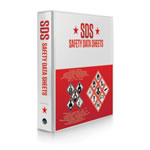 Safety Data Sheet (SDS) Services |
 OSHA / WHMIS / GHS Training Courses |
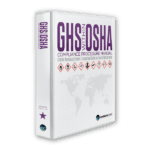 GHS Publications |
References:
Canada Gazette, Part II, Regulations Amending the Hazardous Products Regulations (GHS, Seventh Revised Edition): SOR/2022-272
Canada Gazette, Part II, Order Amending Schedule 2 to the Hazardous Products Act: SOR/2022-273
Federal Register, OSHA Notice of Proposed Rulemaking, 86 FR 9576, Hazard Communication Standard, 2/16/2021

 Major Amendment Announced to Canada’s Hazardous Products Regulations (WHMIS)
Major Amendment Announced to Canada’s Hazardous Products Regulations (WHMIS)